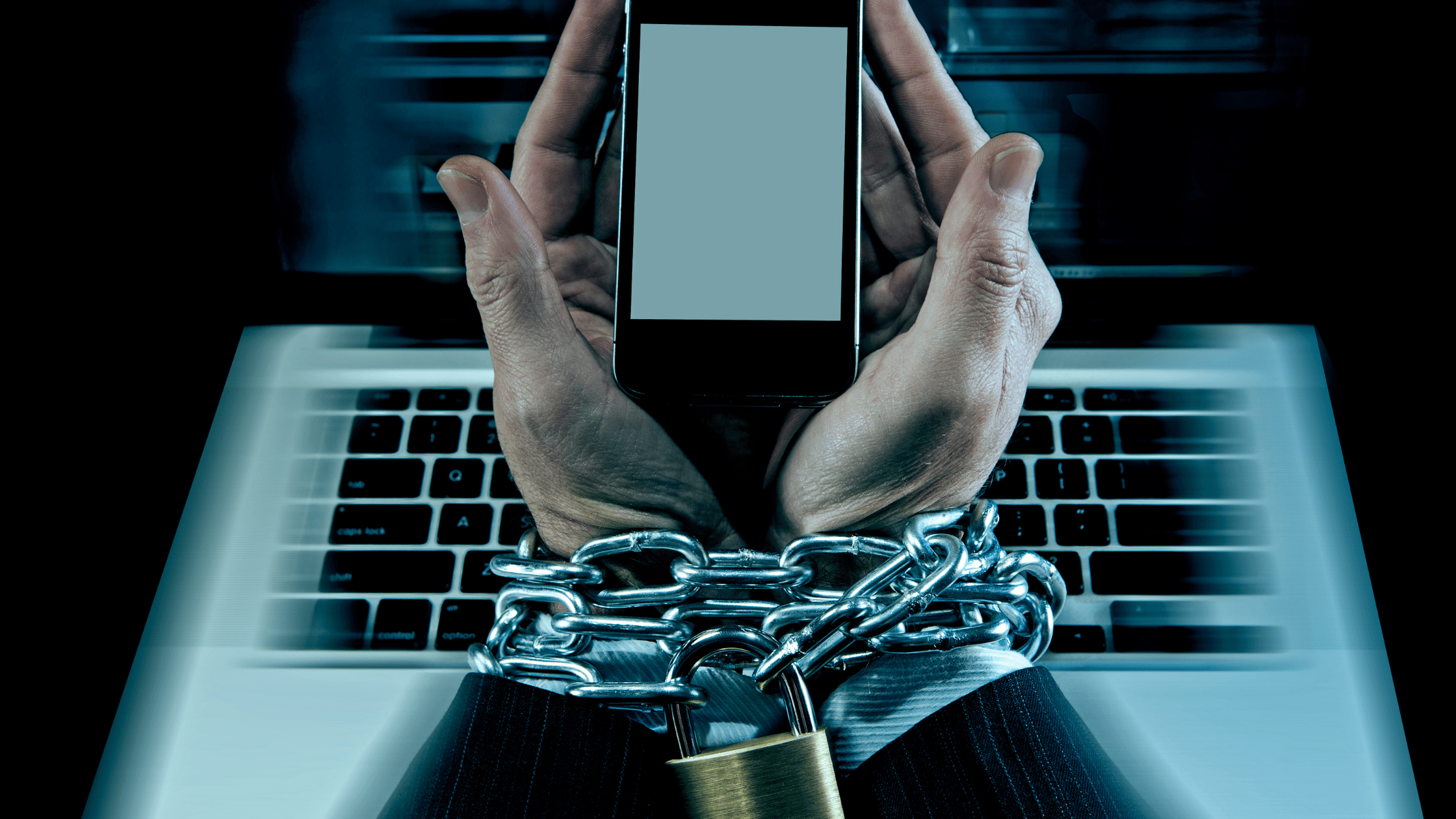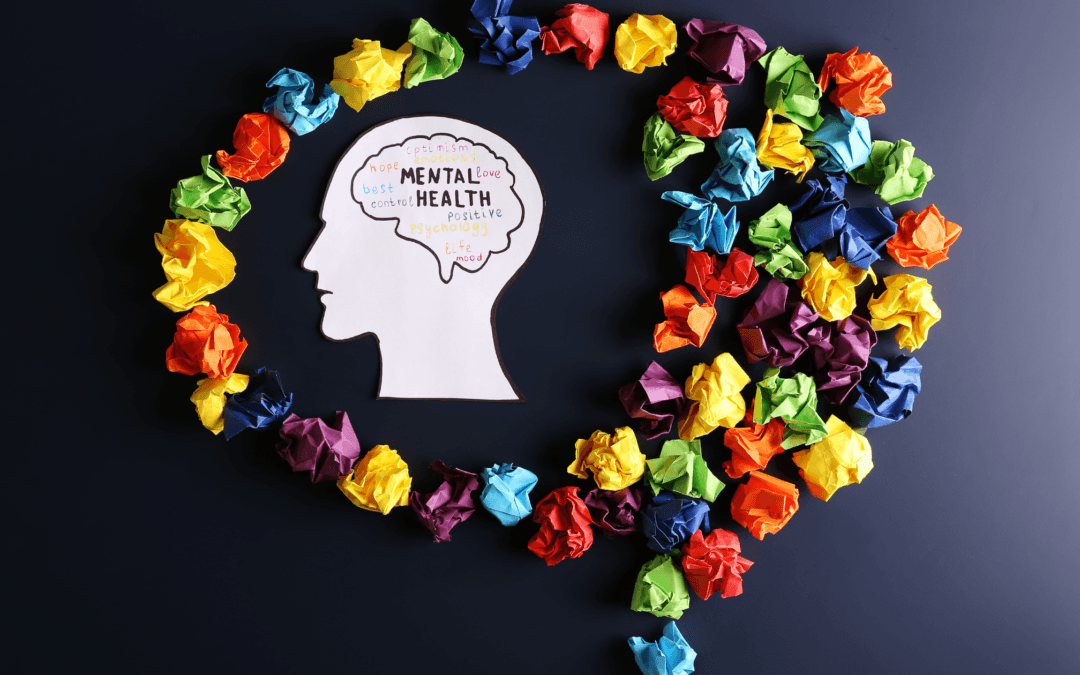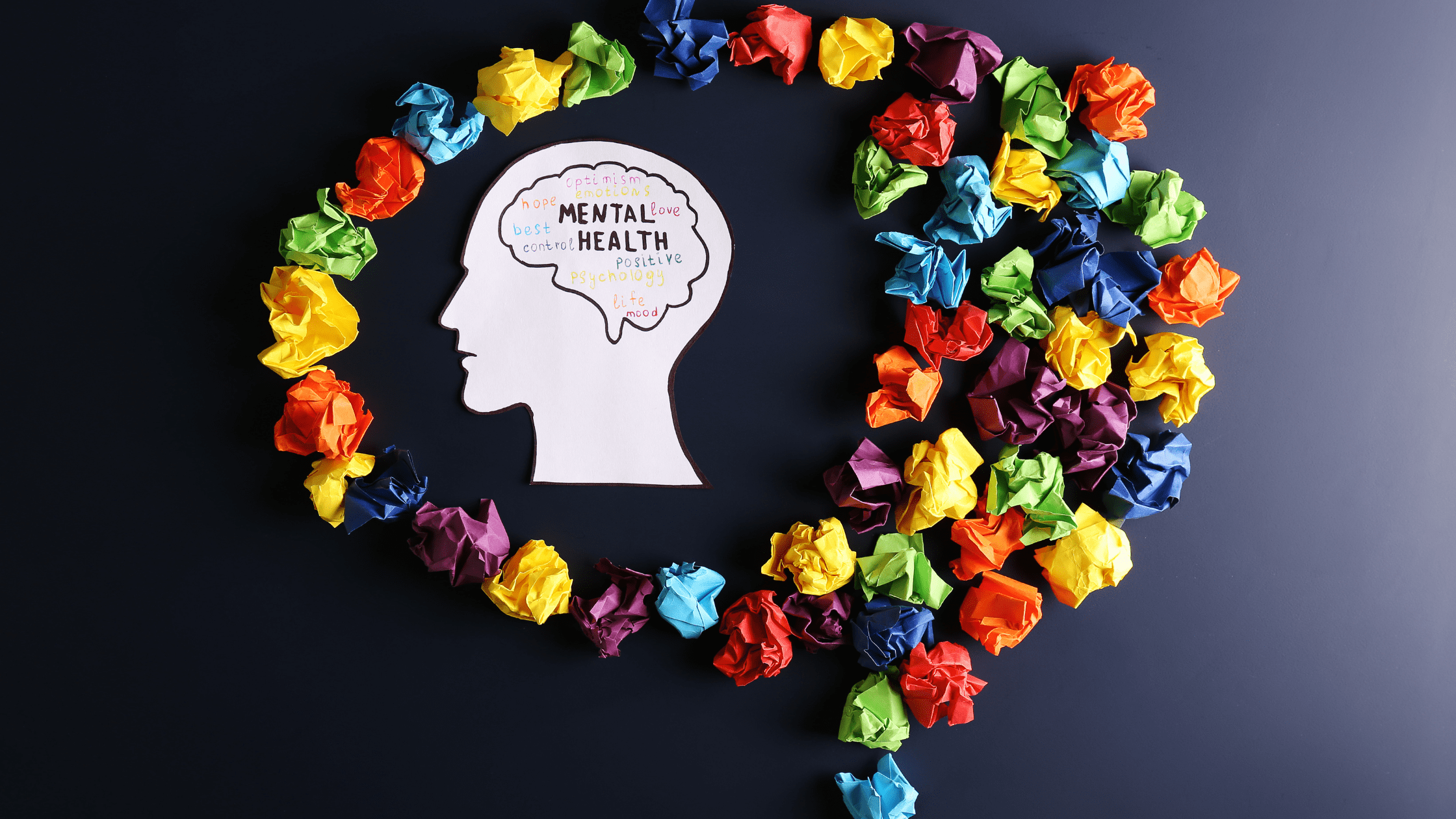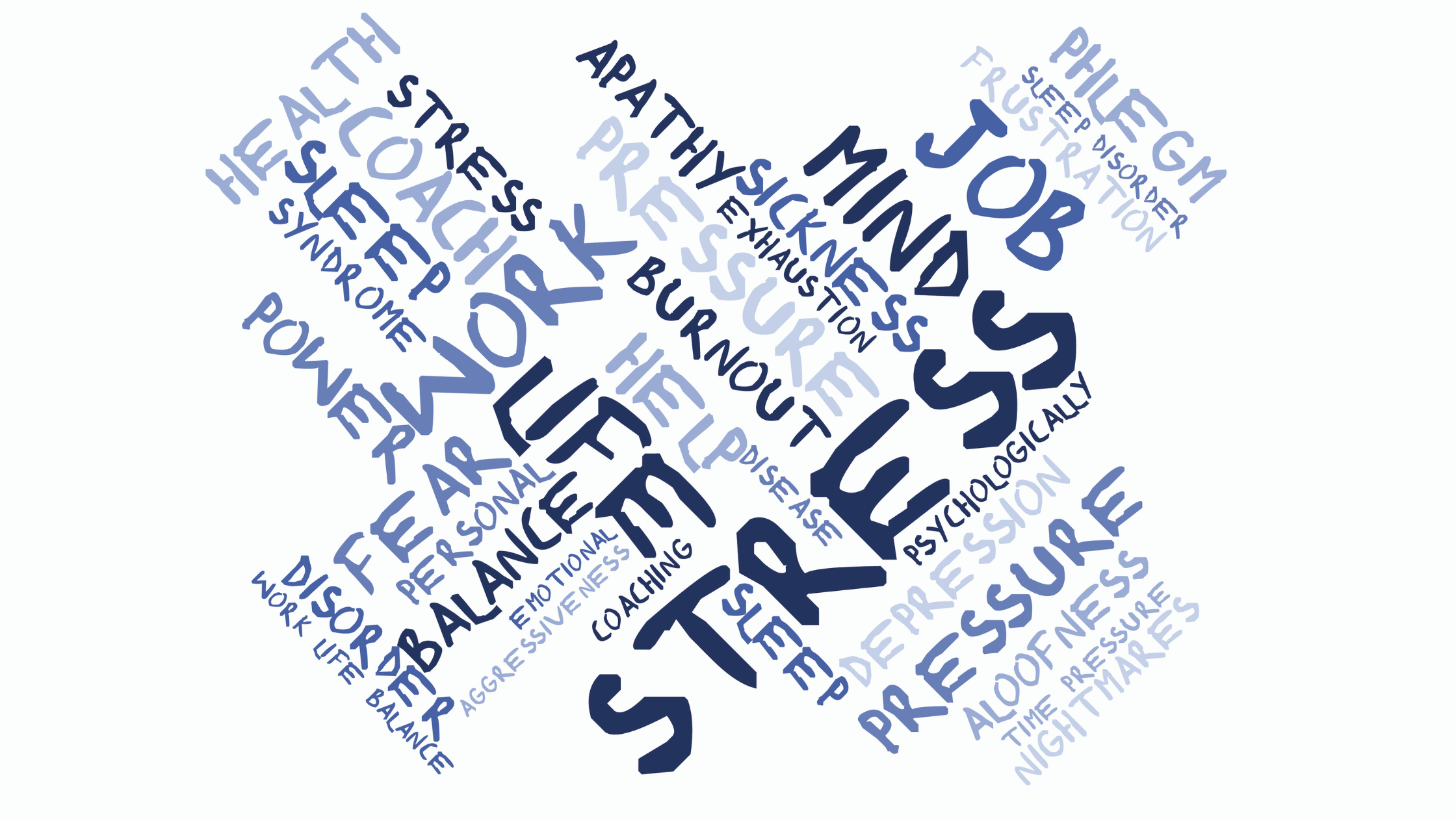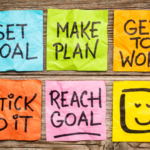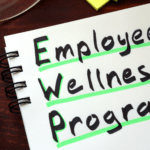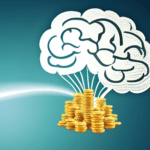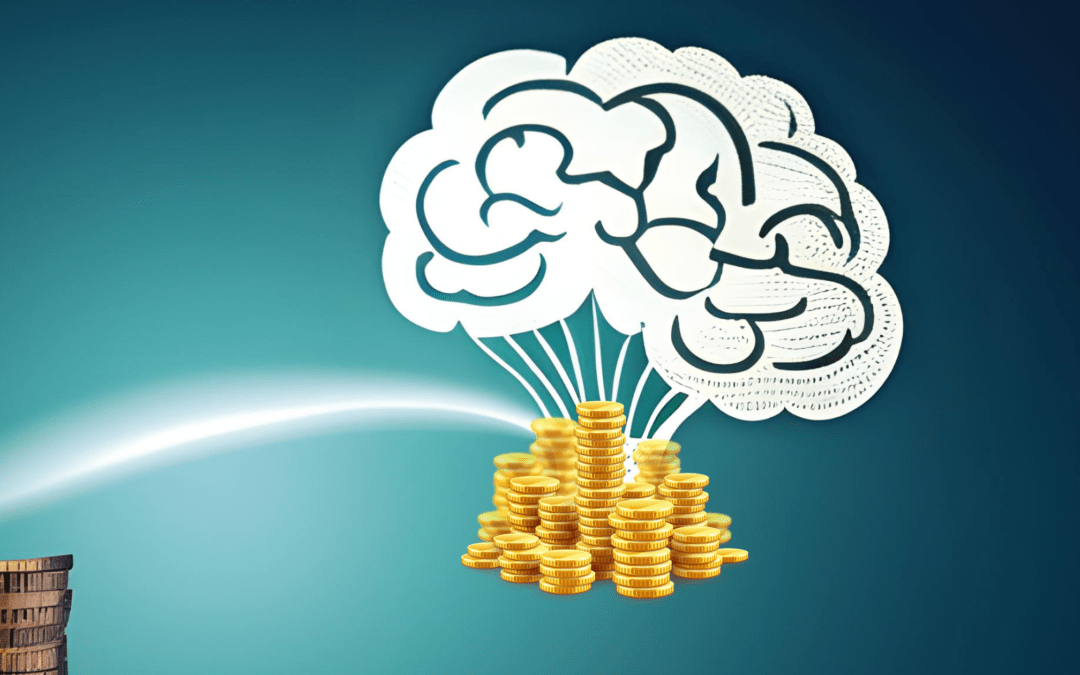
The Crucial Relationship between Financial and Mental Wellness
Beyond the numbers: Understanding the integral link between financial and mental wellness.
Understanding the complex connection between our financial stability and mental health is key to achieving optimal wellness. Although these two areas of our lives may seem separate, they are deeply intertwined and have a significant impact on one another. This piece delves into the important correlation between financial security and emotional well-being, emphasizing the importance of addressing both to attain a satisfying and harmonious existence.
Financial wellness goes beyond the numbers on our bank statements—it encompasses our ability to manage our financial responsibilities, make informed choices, and secure a stable future. Meanwhile, mental wellness encompasses our emotional, psychological, and social well-being, including factors such as self-worth, adaptability, and overall life satisfaction. Recognizing the intimately related connection between these two realms is the initial stride towards appreciating their profound influence on our existence.
Conversely, our mental well-being has a significant impact on our financial stability and decision-making. When our mental state is stable and balanced, we are better equipped to make wise financial decisions, set realistic goals, and develop responsible financial habits. Our mindset, self-assurance, and emotional resilience all play a role in how we handle financial challenges, adapt to changes in our circumstances, and devise informed financial strategies for the future.
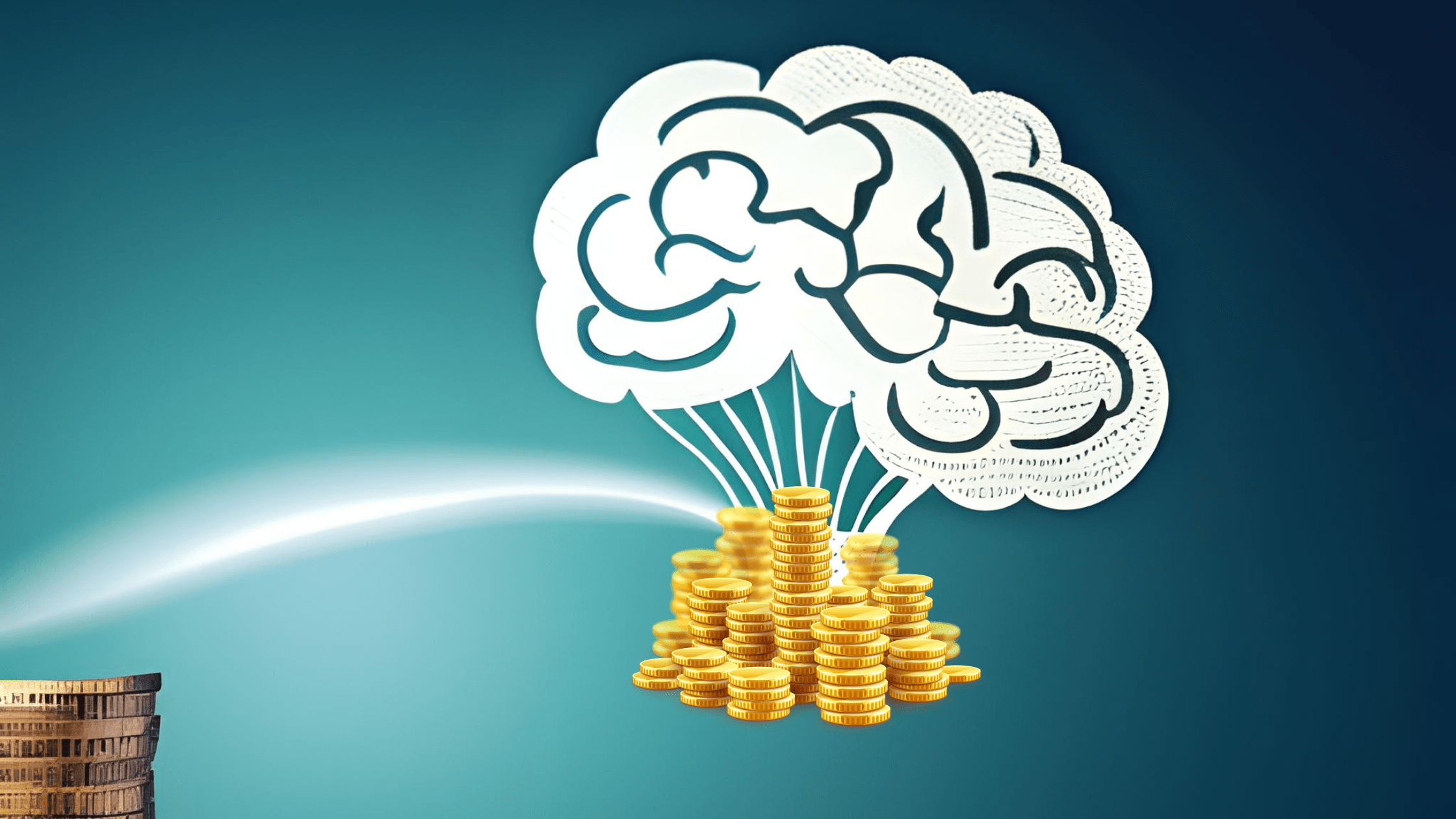
To foster interconnected well-being, it is important to take proactive steps in both financial and mental wellness:
1. Developing Financial Literacy:
Developing financial literacy is crucial for maintaining mental wellness. Financial stress can lead to anxiety and other mental health issues, which can take a toll on an individual’s overall well-being. By becoming financially literate, individuals are better equipped to manage their finances and make informed decisions about their money.
One of the first steps in developing financial literacy is understanding basic financial concepts such as budgeting, saving, and investing. Budgeting involves creating a plan for how to allocate income towards expenses and savings goals. Saving involves setting aside money for future needs or emergencies while investing involves putting money into various assets with the goal of generating returns over time.
Another important aspect of developing financial literacy is understanding credit and debt management. This includes knowing how credit scores work, how to use credit responsibly and how to manage debt effectively.
2. Cultivating Healthy Financial Habits:
By adopting healthy financial behaviors like budgeting, saving money, and avoiding excessive borrowing, we can boost both our financial and mental health. These habits create feelings of stability, reduce stress, and lay the groundwork for long-term financial success. Practicing responsible financial management not only improves our financial situation but also enhances our overall well-being.
Furthermore, these healthy financial behaviors cultivate a sense of empowerment and control over our financial lives. When we actively engage in budgeting, saving, and responsible borrowing, we develop a proactive mindset that extends beyond our finances. We become more adept at setting and achieving goals, making informed decisions, and adapting to unexpected circumstances. This newfound confidence and resilience spill over into other areas of our lives, enriching our relationships, career pursuits, and overall sense of fulfillment. By prioritizing healthy financial behaviors, we pave the way for a more balanced and prosperous future.
3. Prioritizing Self-Care and Mental Wellbeing:
Prioritizing our mental health through practices such as regular physical exercise, mindfulness, and seeking support when needed nurtures our emotional well-being and strengthens our ability to handle financial challenges. Engaging in physical exercise not only benefits our physical health but also promotes mental clarity and reduces stress, allowing us to approach financial decisions with a clear and focused mind. Incorporating mindfulness techniques into our daily routine helps us cultivate self-awareness, manage emotions, and develop a balanced perspective, enabling us to navigate financial difficulties with greater resilience and composure. Additionally, recognizing when we need assistance and seeking professional support equips us with valuable tools and strategies to address any mental health concerns that may impact our financial well-being. By taking care of our mental health, we empower ourselves to make sound financial choices that align with our long-term goals and aspirations.
4. Seeking Professional Assistance:
When faced with complex financial situations or struggling with mental health issues, seeking expert help is essential. Consulting with specialized financial advisors, therapists, or counselors can provide tailored guidance, support, and practical strategies to address our specific needs. Financial advisors offer expertise in navigating financial challenges and developing personalized financial plans, while therapists or counselors help address the emotional aspects related to finances and build resilience. By seeking professional assistance, we gain valuable insights and resources to improve both our financial and mental well-being.
Engaging with specialized professionals not only provides us with expert advice but also offers a supportive and non-judgmental environment to discuss our concerns. Financial advisors and therapists can help us gain a fresh perspective on our financial situation and mental health, empowering us to make positive changes. Through their guidance, we can develop effective coping mechanisms, build financial literacy, and cultivate a healthier relationship with money. By recognizing the value of seeking professional help, we take an active step towards improving our overall well-being and achieving a more balanced and fulfilling life.
Key Takeaways:
Understanding the relationship between financial stability and mental well-being is crucial for a satisfying and harmonious existence. By acknowledging the influence of our financial state on our mental health, as well as vice versa, we can take proactive measures to enhance both aspects of our lives. To promote our overall well-being, it is important to develop financial literacy, adopt healthy financial practices, prioritize self-care, and seek professional support when required. By embracing the interdependence of financial and mental wellness, we can empower ourselves to thrive in all areas of our lives.
Action Steps
We help you learn all of this and more in our groundbreaking neuro-performance programs.
This 12-week transformation profoundly benefits every aspect of your life: career, daily performance, health, wellness, cognitive function, habits, relationships, energy, emotional growth, and beyond. That’s because unlike any other program, we focus on the brain - the root of all change.
Unlocking your full potential is about learning, knowing, and transforming into your highest self. Our trainings help you unleash yours. Explore our programs now.
If you enjoyed this article, we'd love for you to forward it to your community! It helps us to help more people. Use the social/mail icons to share it with anyone in 2 seconds.




